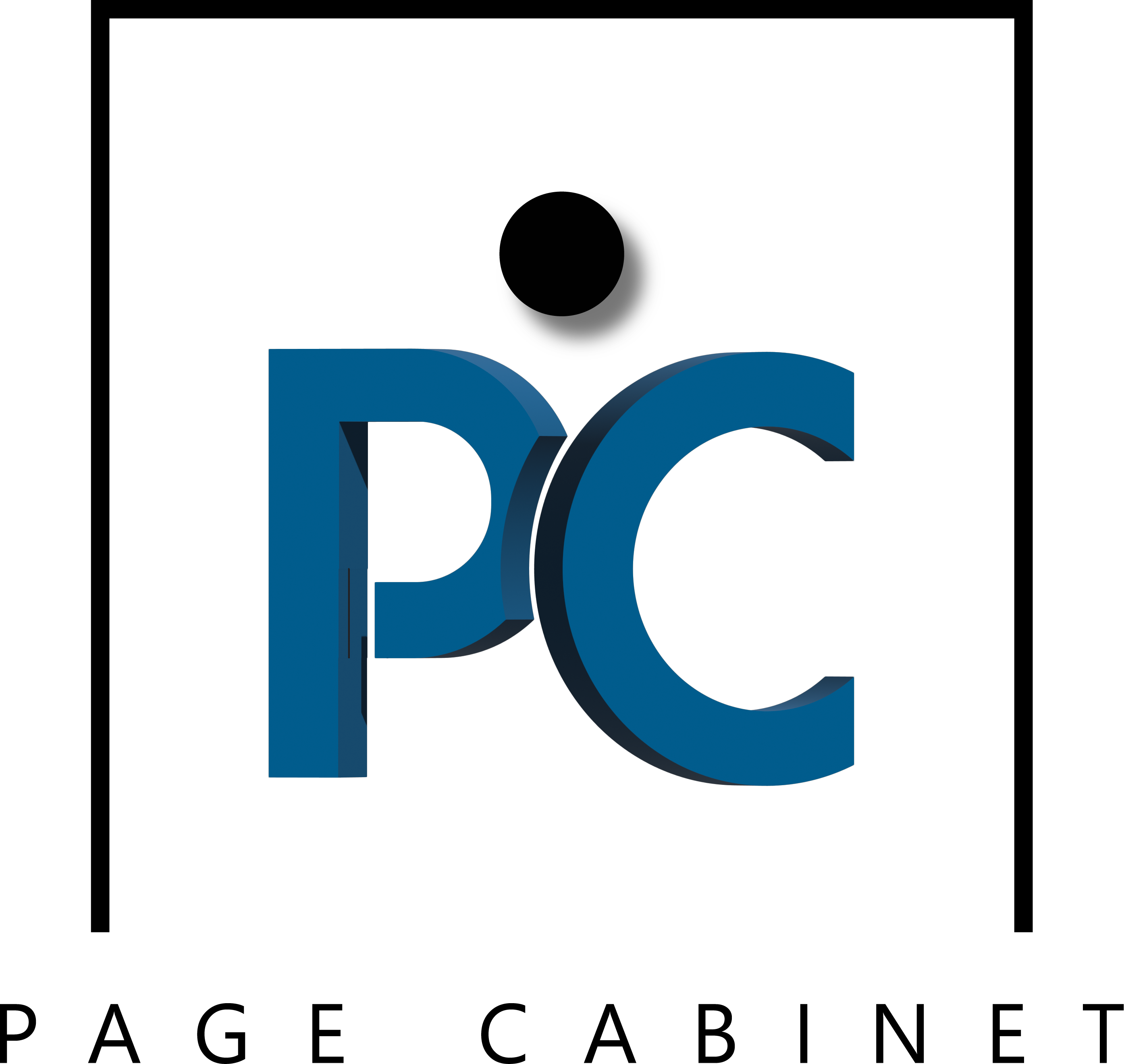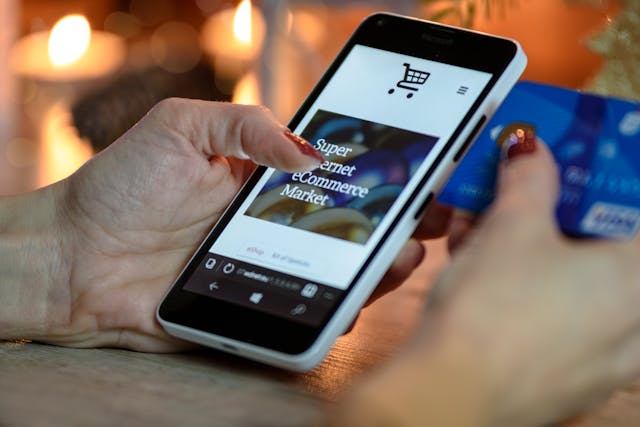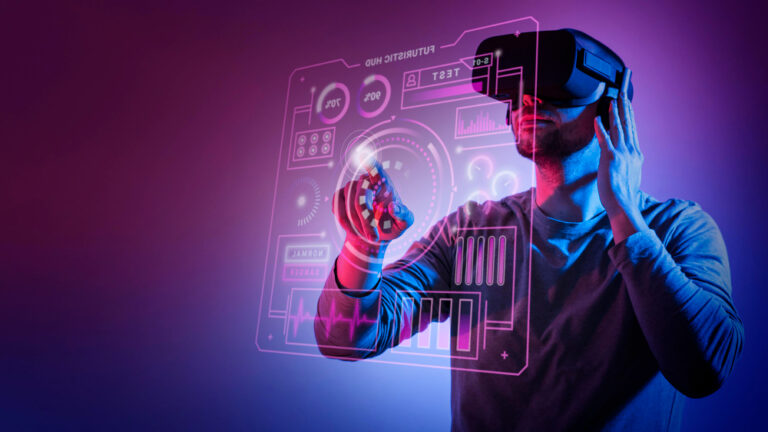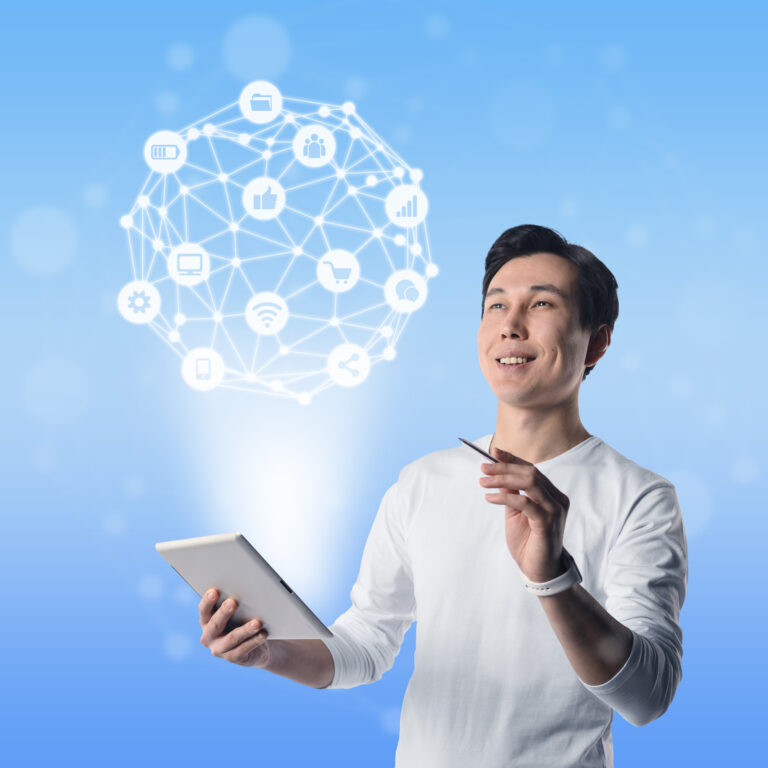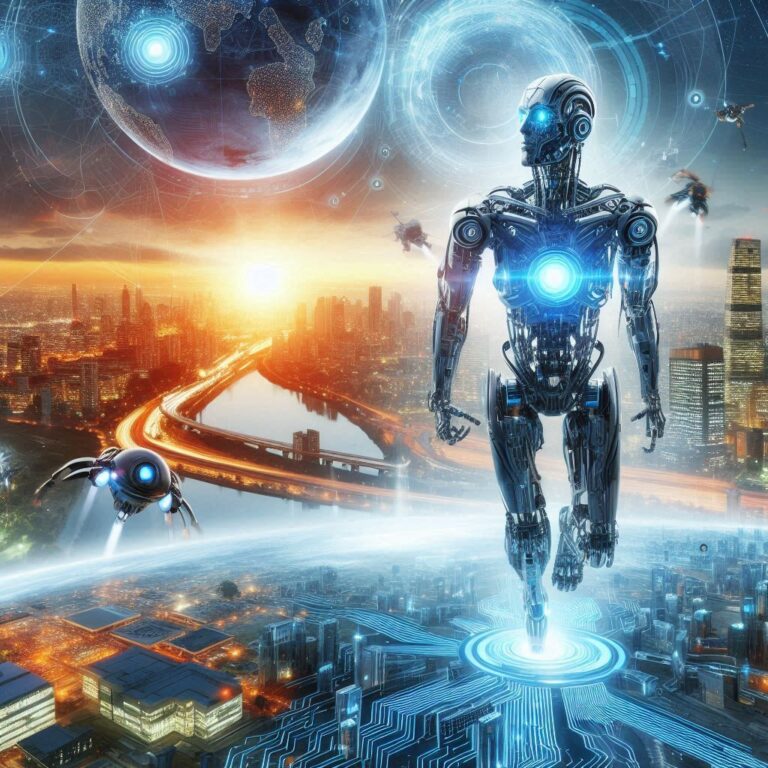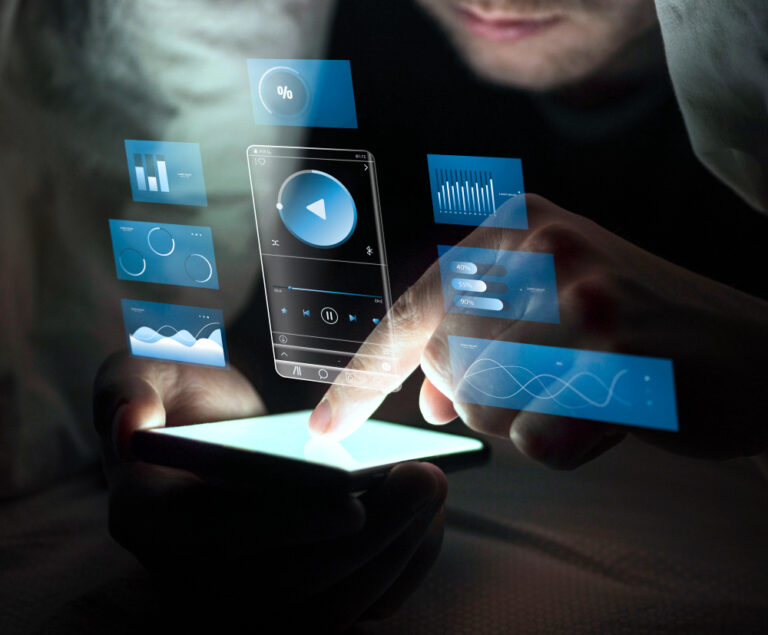As an expert in the realm of digital artwork and technology, I regularly find myself captivated by the rapid improvements in Artificial Intelligence Artwork Generators. The emergence of AI painting mills has converted the innovative landscape, allowing all people with a web connection to supply beautiful visuals with only some clicks. However, this comfort comes with considerable dangers that we should cope with. In this weblog post, I will explore four terrifying risks associated with counting on AI artwork mills, especially for individuals elderly 18 to 45 in Western countries, particularly the USA.
1. Loss of Authenticity and Individuality

One of the maximum alarming dangers of the use of AI painting mills is the ability loss of authenticity and individuality in artwork. Art has always been a deeply non-public expression of the artist’s mind, feelings, and reports. When we depend on AI to create paintings, we threaten to dilute the specific voice that every artist brings to their paintings.
AI-generated art often lacks the nuanced information of context and emotion that human artists possess. While AI can mimic patterns and bring visually appealing pictures, it can’t replicate the private tales and feelings at the back of the paintings. This commodification of artwork can lead to a homogenized visible tradition wherein originality is sacrificed for comfort.
Moreover, as extra human beings flip to AI for his or her artistic needs, we may additionally see a decline in appreciation for traditional art paperwork. This shift ought to undermine the cost of human creativity, making it difficult for rising artists to find their vicinity in a world ruled with the aid of machine-generated content material.
2. Ethical Concerns and Copyright Issues

The upward push of AI painting generators increases considerable moral concerns, particularly concerning copyright and ownership. Many AI models are skilled in great datasets of present paintings, often without the consent of the authentic creators. This practice can lead to ability copyright infringements, because the AI may additionally produce paintings that intently resemble or at once copies present portions.
For artists, this poses a critical chance. If an AI generates artwork that is too similar to their unique paintings, they will conflict to claim possession or are trying to find reimbursement. This scenario creates a murky felony landscape in which the traces between thought and robbery are blurred. As a result, artists may additionally feel discouraged from sharing their paintings, fearing that they may be appropriated by way of AI structures without proper credit or reimbursement.
Furthermore, using AI-generated art in commercial tasks raises questions about the ethical implications of the usage of device-generated content material for profit. Companies may also exploit AI gear to cut costs, in the long run undermining the livelihoods of human artists who rely upon their craft for profits.
3. Dependence on Technology and Skill Degradation

Another terrifying danger of relying on AI painting mills is the potential for ability degradation among artists and creators. As those tools turn out to be greater reachable, there is a growing temptation to lean on them for short-term consequences rather than honing conventional artistic competencies. This dependency can result in a decline within the exceptional of inventive education and craftsmanship.
When artists rely closely on AI, they will forget about the foundational abilities that might be vital for growing meaningful artwork. Skills inclusive of drawing, painting, and information coloration principles are vital for any artist’s development. If future generations of artists bypass these talents in desire of AI-generated shortcuts, we danger of losing the depth and richness that comes from studying traditional strategies.
Moreover, the reliance on generation can stifle creativity. While AI can generate mind-blowing visuals, it cannot assume significantly or push inventive barriers. Artists who depend solely on AI may additionally find themselves producing derivative work in place of exploring new ideas and ideas. This stagnation can avoid the evolution of artwork as an entire, proscribing the capacity for innovation and experimentation.
4. Misinformation and Misrepresentation

AI artwork turbines aren’t infallible; they can produce misleading or misguided representations of subjects. This hazard is especially concerning in fields inclusive of journalism, marketing, and training, wherein visible content material plays a crucial position in conveying facts.
When AI generates artwork primarily based on flawed information or biased algorithms, it may perpetuate stereotypes or misrepresent crucial problems. For example, an AI-generated image meant to represent a diverse community may additionally inadvertently fortify dangerous stereotypes if it is predicated on biased training data. This misrepresentation may have real-global consequences, as visible content shapes public perception and understanding of diverse topics.
Additionally, the convenience of making AI-generated art can cause misinformation to be spread more swiftly. Individuals may additionally use AI tools to create fake pics or manage present ones, contributing to the spread of false narratives. This phenomenon can erode in visual media, making it increasingly tougher for audiences to determine truth from fiction.
Conclusion
In the end, even as AI painting turbines offer thrilling possibilities for creativity and accessibility, we have to stay vigilant about the risks they pose. From the lack of authenticity and moral concerns to ability degradation and misinformation, the results of counting on AI in the artwork world are profound.
As we navigate this evolving panorama, I inspire you to not forget the price of human creativity and the significance of supporting traditional artists. Let’s advocate for a balanced technique that embraces generation whilst keeping the essence of what makes art virtually significant.
Share your mind on AI-generated artwork in the remarks beneath! How do you see the future of creativity evolving within the age of synthetic intelligence?
